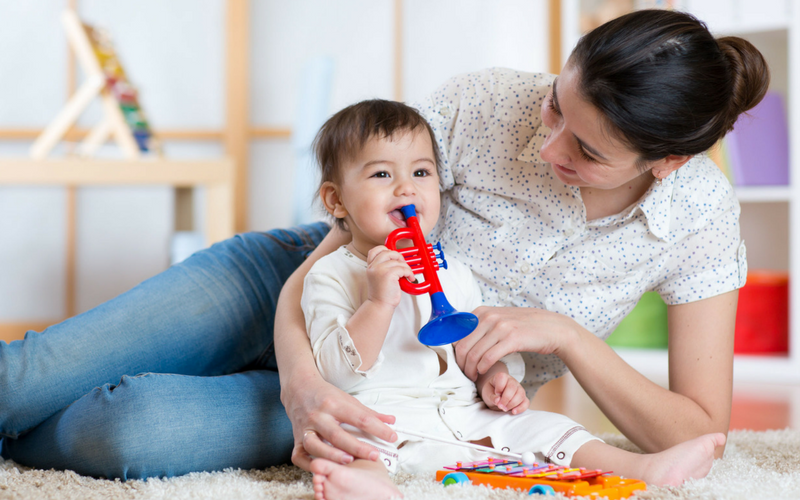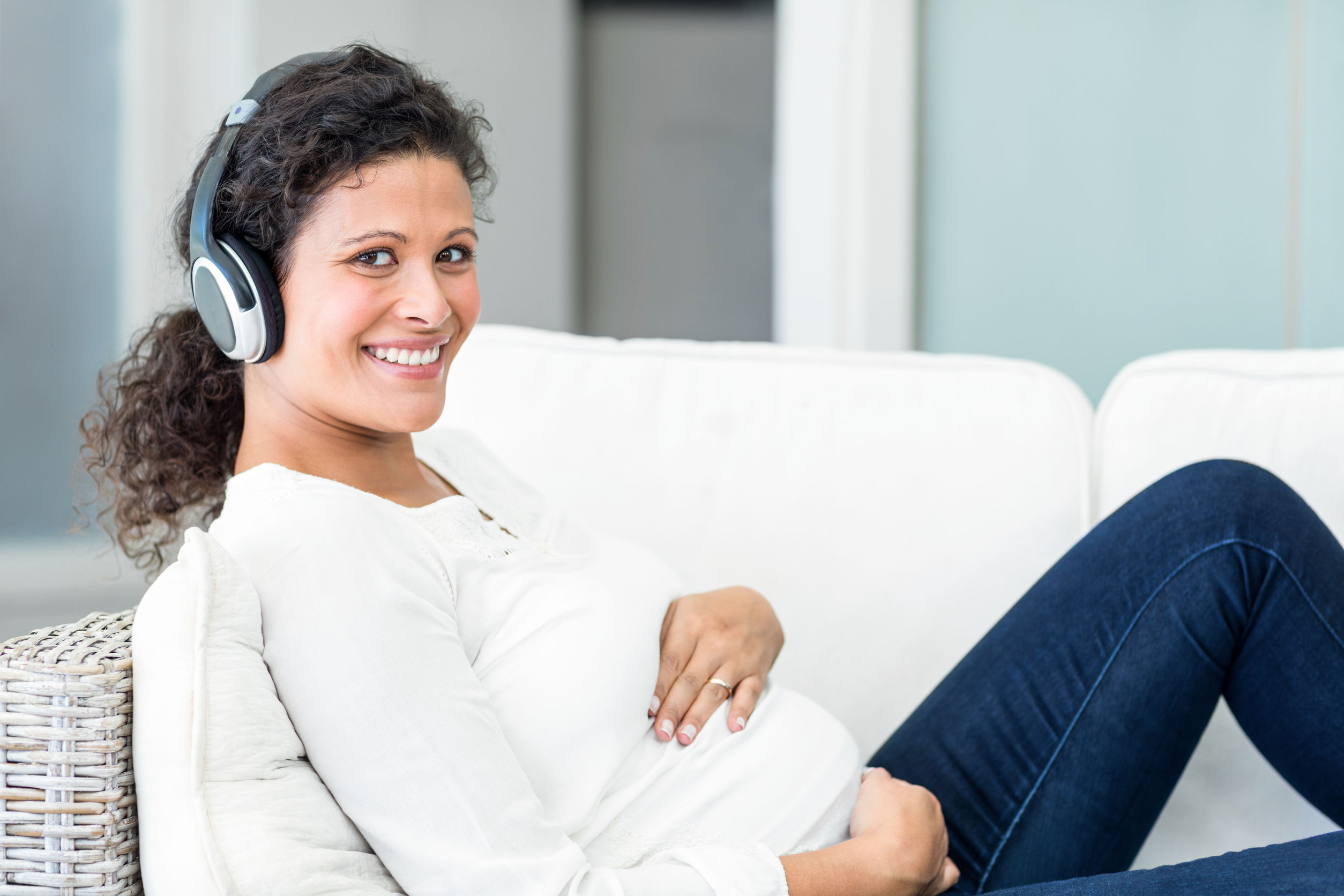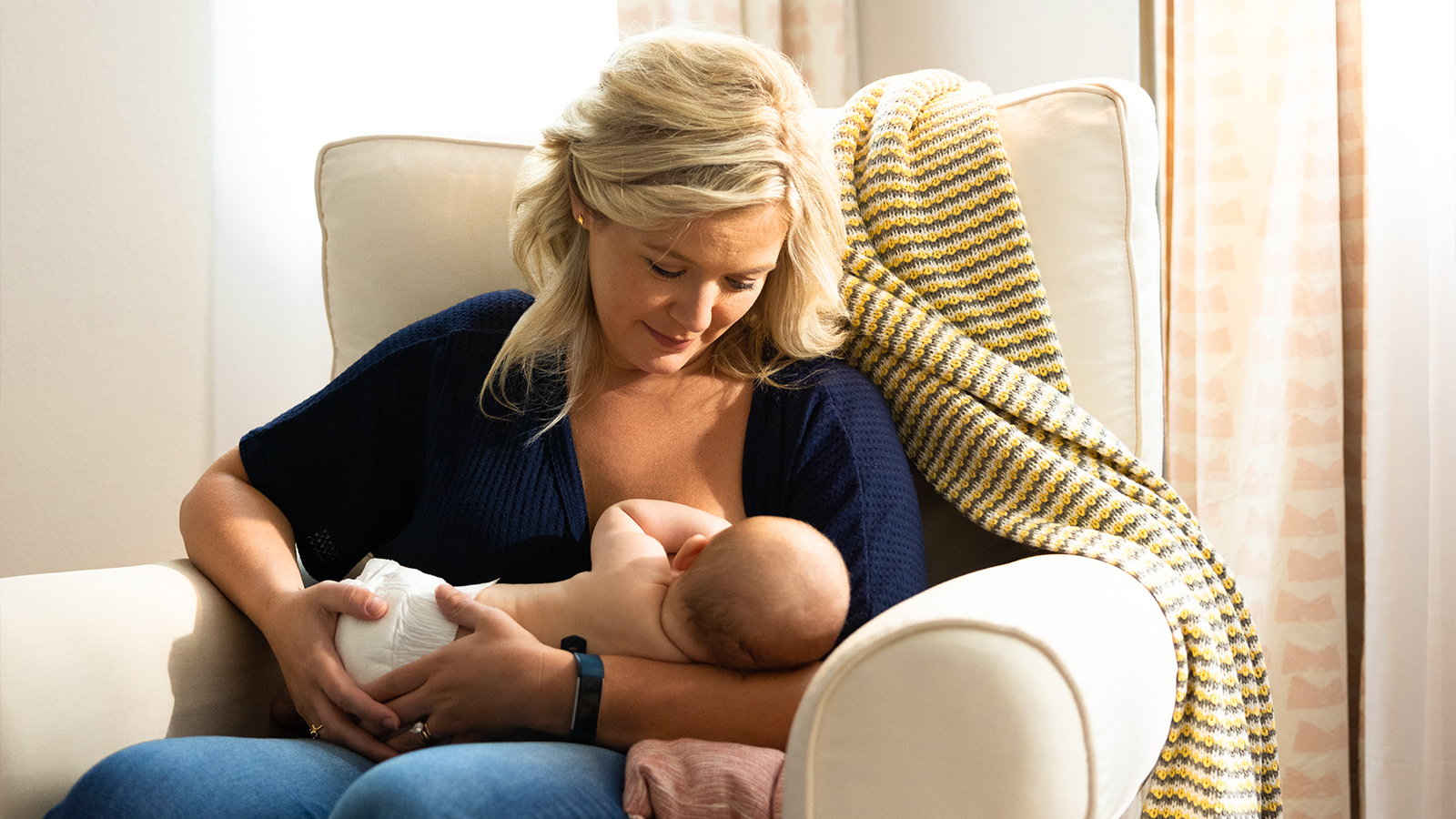With September being Baby Safety Month, you may be addressing the importance of household cleaning when it comes to the health of your students’ babies. In covering a topic like this, you’re likely to encounter questions about how to clean while keeping a child safe at the same time. Read on for some helpful information and resources you can provide to parents who express concern regarding this matter.
Cleaning vs. disinfecting
According to the Centers for Disease Control and Prevention, both cleaning with soap and water and disinfecting with a chemical such as bleach are fine for routine household cleaning. If someone in the house is sick or there’s a particular concern about germs, it’s recommended to focus on disinfecting since it’s more thorough and more likely to kill dangerous microbes. Properly diluted bleach is considered non-toxic and safe for cleaning children’s equipment as the chlorine evaporates within minutes.
The Fisher-Price website is a great resource to refer parents to for the best ways to clean and sanitize different types of toys and baby paraphernalia.
Helpful cleaning tips for parents
Below are some of the top items parents should clean and disinfect often.
- Since babies and toddlers often put things in their mouths, all toys should be cleaned at least once a week.
- Potty training seats need to be disinfected frequently.
- High chairs, strollers, and swings get a ton of use and should be cleaned daily and disinfected regularly.
- Sanitizing your baby’s mattress is critical for deodorizing and killing allergy-causing dust mites.
Limiting exposure to chemicals
Understanding the labels on cleaning products is important to ensure baby’s safety. Parents may ask you the difference between products labeled as “nontoxic” and products labeled as “biodegradable.”
- Nontoxic usually means the product won’t cause personal injury when inhaled, swallowed, or absorbed through the skin. It does not mean, however, that the product is free of chemicals.
- Biodegradable means the product will decompose. It does not mean the product is healthy for people.
If parents want to have peace of mind that they’re cleaning their homes and baby items well but not at the expense of the health of their child, below are some tips for using green cleaning products.
- Choose “green” cleaners, specifically ones endorsed by a third-party group such as Green Seal, which certifies household cleaners that meet certain health and eco standards.
- Check the ingredient list for any fragrances. Synthetic fragrance indicates the product may contain phthalates — chemicals added to make scents linger longer. Safe cleaners, if scented at all, use essential oils that will be listed by the name of the oil.
- Select products with detailed information about the safety of the ingredients.
When following the recommendations above, parents can feel confident they are effectively getting rid of harmful germs without using cleaners that may compromise the health of their babies.



